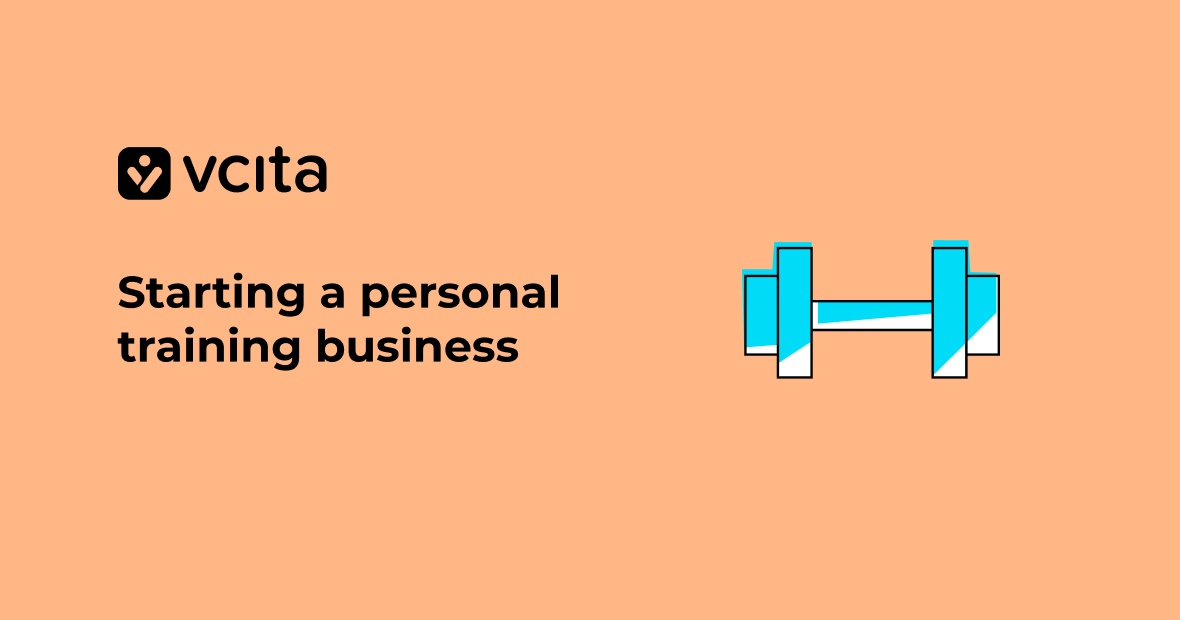You’ve been working as a personal trainer for a while now and you’re ready to branch out on your own. Starting your own personal training business is an exciting new chapter, but also comes with a lot of challenges. How will you find clients? What legal structure should you use? How will you manage scheduling, payments, marketing, and growth?
Don’t worry, we’ve got you covered. We’ll walk you through everything you need to know to start a personal training business that thrives. From choosing between a sole proprietorship or LLC to implementing an online booking system and asking for referrals, we’ve compiled all the secrets to help you build a successful service business.
Laying the groundwork: structuring your personal training business
As a personal trainer, the most common business structure is a sole proprietorship. This means you are personally responsible for all debts and liabilities of the business, but it’s simple to set up and the registration fees are low.
The other main option is a Limited Liability Company, or LLC. This gives you personal liability protection, in case anything should go wrong or someone should get hurt during one of your sessions.
Whichever you choose, you need to register your business with your state and obtain the proper licenses or certifications. Then build a business plan which lays out how you’ll run your business, your mission and vision, target market, marketing plan, and financial projections. This is vital for convincing your bank to give you a loan or investors to support your business.
Building your client base: marketing and promoting your personal training services
Once you’ve got your business set up, it’s time to start building your client base, which means you’ll need to promote your services to attract new clients. Here are some effective ways to market your personal training business:
Use local networks
Get involved in your local community by attending events as a vendor. Set up a booth to showcase your services, pass out flyers, and make personal connections. Build and use connections with health professionals, nutritionists, and other people who work in the field of health and wellness. Promoting each other’s businesses is a win-win for you both.
Leverage online marketing
Don’t forget about online marketing. Build a professional website where clients can find all the details about the services you offer, your qualifications, and where you work. Include an online booking system so that clients can book and pay for sessions online, independently. Be sure to include your cancellation policy and payment terms, so that clients know what to expect.
Implement social media marketing
Use social media to engage with your audience by posting training tips, photos, and special offers. Stay active on Instagram, TikTok, and other channels where your target audience hangs out, and get involved in local Facebook groups and platforms like Nextdoor. Respond to comments and questions to provide value and build relationships.
Tap into word of mouth
Ask clients for referrals to their friends and connections, because people are more likely to trust a recommendation from someone they know. Asking for Google reviews and ratings is another useful marketing tactic. Positive Google reviews and Yelp ratings build social proof and credibility, and they also help your business rank higher in local search results.
Apply email marketing
Email campaigns are a great way to reach potential clients. Send a weekly newsletter with training tips and promotions for your services. You can also do targeted campaigns to local doctors, physical therapists, and nutritionists to form partnerships. Offering referral bonuses is a great way for both parties to benefit.
Set up a marketing funnel
A marketing funnel links all your promotional efforts into a pipeline that ensures that people know your business, understand the benefits you offer, and book your services. It involves using a CRM to record details about potential customers and keep in touch with clients, cross-selling other services like nutrition plans or group training, and developing customized programs for different segments of your audience.
Managing your business operations: scheduling, billing, and software solutions
Next, set up an online booking and scheduling system like vcita to handle client bookings, cancellations, and scheduling. Establish clear policies for things like cancelation fees and payment terms and share them with your clients upfront.
Once your personal training business is up and running and you’ve started to attract clients, it’s time to make sure that business operations are streamlined. As a sole proprietor, you’ll be handling scheduling, billing, customer service, and more, so you don’t want those tasks to take over all your work hours.
Using the right software and tools can make managing operations much easier, and save you hours of time. These are the main tools you’ll need to handle daily business operations without stress.
Booking software
Using a scheduling platform like vcita can automate and streamline many of the tasks involved in running your business. The online booking system lets clients schedule and pay for sessions on your website 24/7. You can set up packages, membership plans, and one-time sessions. A built-in cancellation policy ensures that everyone knows the terms for cancellation, helping reduce last-minute cancellations.
Billing software
vcita also handles billing and payments, generating professional invoices for your services in just a few clicks. The platform automatically pulls information from your billing and CRM tools, and online payment processing means you can invite clients to pay online, helping you get paid on time and improving cash flow. vcita syncs with accounting software like QuickBooks, so you can keep track of revenue and expenses, simplify tax prep, and track what clients owe.
Customer Relationship Management (CRM) software
In addition to scheduling and billing, you’ll want software to manage your customer relationships and business operations. vcita’s cloud CRM stores all your client information, communications, and session notes in one place. Use it to build workout programs, track client progress, stay on top of appointments and deadlines, and find opportunities to cross-sell other services to existing customers.
Delivering value and results: best practices for outstanding personal training sessions
Delivering exceptional value and results is key to building a thriving personal training business. As a personal trainer, your role goes beyond simply telling clients what exercises to do. The most effective trainers know that cultivating a good relationship and helping clients achieve lasting results requires incorporating best practices into each session.
Here are some tips for delivering excellent customer experiences that turn your clients into enthusiastic customer advocates.
Focus on your clients’ needs and goals
Take the time to understand what each client hopes to achieve through your training. Develop customized programs tailored to their specific goals and fitness levels, and check in regularly to evaluate progress and make adjustments.
Provide a personal experience
Pay close attention to the details that make a difference. Greet each client by name with a smile and positive attitude, and give hands-on guidance, demonstrations and form corrections to ensure each client performs each exercise properly. Personal connections keep clients engaged and coming back for more.
Share your knowledge
Knowledge is power, and the more you empower your clients, the more value they will gain, so educate clients about fitness concepts and best practices for maximum impact. Explain the benefits and proper form of each exercise, and offer tips for maintaining good health and an active lifestyle outside of your sessions.
Follow up and build accountability
Providing motivation and encouragement to help them stay on track to achieving their goals shows that you care about their health and fitness, so reach out between sessions to check on clients, see if they have any questions or need additional support, and hold them accountable for exercises or activities you recommend outside of your scheduled time together.
Growing your business: expanding your clientele and offerings
Once you’ve established your personal training business and attracted a core of dedicated customers, it’s time to start growing. Expanding your service offerings and client base is key to building a thriving business that keeps getting bigger.
Increase your service offering
Offer additional services to generate new revenue streams from your existing clients. For example, you might provide nutrition consulting or add group fitness classes. You can also cross-sell by offering discounts for clients who sign up for multiple services.
Analyze your customer data to identify opportunities and see what other interests and needs your clients have expressed, then develop services to meet those needs. For example, if many clients ask about diet tips, consider offering customized meal plans.
Reach new clients
To expand into new markets, look for niche areas where you can succeed. For example, target a specific demographic like athletes, seniors, or new mothers. You might focus on a particular training technique like yoga, pilates, or high intensity interval training.
Use CRM software like vcita to manage your business and client relationships efficiently. Send email newsletters, special offers, and updates to stay top of mind with current and past clients, and ask happy customers to recommend your business to their friends and family.
Don’t stop learning
Continuously improve by getting feedback from clients and furthering your education. For example, maybe you’ll get additional training so that you can provide certified nutrition advice as well as personal training services.
It’s just as important to learn from your customers. Listen to their main concerns and pay attention to why they came to your business. Offer an initial consultation to determine clients’ needs and goals, and then think of services and bundled packages that they would appreciate and that would meet their needs.
Your successful personal training business is close to hand
Delivering an exceptional experience, streamlining operations, and managing marketing and promotions are the paths to gaining loyal clients and building a thriving personal training business. Focusing on value will keep your clients progressing, achieving lasting results and ultimately, promoting your business through word-of-mouth and referrals. Using tools like vcita’s business management software can help streamline the operational side so you can focus on building a successful personal training business.




























